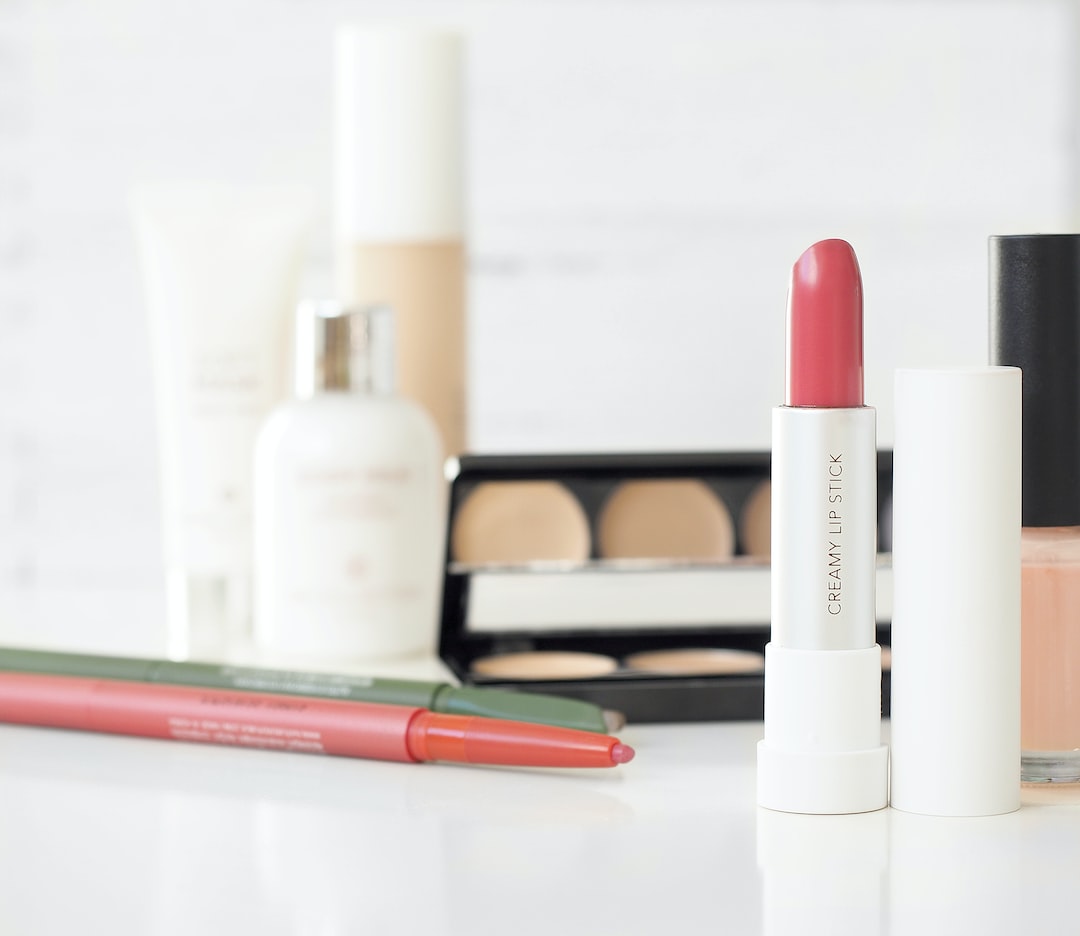The Evolution of Beauty Ideals Throughout History and Its Impact on Cosmetics
Beauty is a concept that has varied across cultures and time. Throughout history, societies have held different standards of beauty, which have shaped the way people view themselves and the use of cosmetics. From ancient civilizations to the modern world, the evolution of beauty ideals has had a profound impact on the cosmetics industry.
In ancient times, beauty ideals were often associated with the divine and the otherworldly. For instance, in ancient Egypt, the height of beauty was symbolized by a slender figure, long hair, and flawless skin. Women used natural pigments to enhance their features, like kohl for the eyes and henna for the hair. Cosmetics were not only used for aesthetic purposes but also had cultural and religious significance.
Similarly, in ancient Greece, the concept of ideal beauty was deeply ingrained in the culture. The ideal Greek woman was characterized by soft features, fair skin, and a curvaceous figure. They used a mixture of lead and chalk to lighten their skin and accentuate their eyes with makeup made from crushed minerals, like malachite and lapis lazuli.
Moving forward to the Renaissance era in Europe, beauty ideals began to shift. Fair skin and voluptuous bodies were still considered attractive, but new ideals emerged. Artists began to depict fuller, rounded figures in their paintings, challenging the previously prized slender figures. Consequently, women started using ceruse, a lead-based powder, to achieve a pale complexion. This dangerous practice often led to lead poisoning and other health issues.
The 18th century saw a significant change in beauty standards with the rise of Rococo fashion. The ideal woman was now expected to have soft, delicate features, including a slender figure, small feet, and a powdered face. Women used white lead-based cosmetics, such as Venetian ceruse, which continued the harmful practice of poisoning the skin. Beauty in this era was closely associated with wealth and status, as only the elite could afford such luxurious products.
Fast forward to the Victorian era, and the obsession with beauty continued, albeit with different standards. Pale and delicate skin remained desirable, symbolizing a life of luxury and leisure. However, the emphasis shifted to a more natural look. Women used natural ingredients to create homemade cosmetics, avoiding the lead-based products that presented serious health risks. The ideal Victorian woman was expected to have rosy cheeks, bright eyes, and a modest appearance.
The 20th century was marked by radical shifts in beauty ideals, influenced by changing social attitudes and advancements in technology. The 1920s, also known as the Roaring Twenties, brought about the era of the flapper, symbolizing rebellion against traditional norms. Women in this era sought to challenge societal expectations of beauty by opting for a more boyish figure, short hair, and bold makeup. Red lipstick became an iconic symbol of female empowerment during this time.
As the 20th century progressed, beauty ideals continued to evolve, reflecting the changing role of women in society. The Hollywood era of the 1950s introduced a new standard of beauty, with Marilyn Monroe becoming the epitome of sensuality and femininity. Hourglass figures, full lips, and glamorous looks were highly sought after. The cosmetic industry boomed, with new products like foundation, mascara, and lipstick becoming widely available.
In recent times, the emergence of social media and the influence of celebrities have redefined beauty ideals once again. The pressure to achieve flawless skin, a slim waistline, and perfect features has become more pervasive than ever. The cosmetics industry has capitalized on these ideals, offering a wide range of products, from skin-lightening creams to contouring kits, that promise to enhance people’s appearance and help them conform to society’s standards.
However, there has also been a growing movement towards embracing diversity and challenging traditional beauty norms. The demand for inclusive beauty products, catering to different skin tones, body shapes, and gender identities, has gained momentum. Many beauty brands have responded by expanding their product lines and promoting body positivity.
In conclusion, the evolution of beauty ideals throughout history has had a profound impact on the cosmetics industry. From ancient civilizations to the modern world, beauty standards have shaped societal expectations and influenced the way individuals perceive beauty. While some beauty practices of the past were dangerous and harmful, the industry has adapted to reflect changing attitudes towards inclusivity and self-acceptance. As we continue to progress, it is crucial to celebrate and embrace the diversity of beauty rather than adhering to narrow standards that exclude and harm.

